Cefentod-Kid Dry Syrup 30 ml




MRP ₹192
(Inclusive of all Taxes)
₹28.8 Cashback (15%)
Provide Delivery Location
Online payment accepted
 Prescription drug
Prescription drugWhats That
Composition :
Manufacturer/Marketer :
Consume Type :
Expires on or after :
Return Policy :
About Cefentod-Kid Dry Syrup
Cefentod-Kid Dry Syrup belongs to the group of cephalosporin antibiotics used to treat a wide range of bacterial infections of the ear, nose, throat, lower respiratory tract, urinary tract, skin, and soft tissue. Bacterial infections are caused due to the multiplication of harmful bacteria inside or on the body. Cefentod-Kid Dry Syrup does not work against infections caused by the virus, including cold and flu.
Cefentod-Kid Dry Syrup contains 'Cefpodoxime', which is a broad-spectrum antibiotic effective against both gram-positive and gram-negative bacteria. Cefentod-Kid Dry Syrup works by preventing the formation of bacterial cell covering (cell wall), which is necessary for their survival. Thereby, Cefentod-Kid Dry Syrup kills the bacteria and helps in treating and preventing the spread of bacterial infections.
In some cases, Cefentod-Kid Dry Syrup may cause side effects such as nausea, vomiting, diarrhoea (watery or loose stool), abdominal pain, loss of appetite, bloating, skin rash and itching. Most of these side effects do not require medical attention and will resolve gradually over time. However, you are advised to talk to your doctor if you experience these side effects persistently.
Talk to your doctor if you have/had inflammation in the bowel, kidney or liver problems. Consult your doctor if you are pregnant or breastfeeding. Cefentod-Kid Dry Syrup may cause dizziness, so be cautious while driving. Avoid alcohol consumption to prevent unpleasant side effects. Inform your doctor about all the medicines you are taking and your health condition to rule out any unpleasant side effects.
Uses of Cefentod-Kid Dry Syrup
Directions for Use
Key Benefits
Cefentod-Kid Dry Syrup belongs to the group of antibiotic medicines called 'cephalosporins' used to treat a wide range of bacterial infections of the ear, nose, throat, lower respiratory tract, urinary tract, skin, and soft tissue. Cefentod-Kid Dry Syrup is a broad-spectrum antibiotic that is effective against gram-positive and gram-negative bacteria, aerobic and some anaerobic bacteria. Cefentod-Kid Dry Syrup works by preventing the formation of bacterial cell covering, which is necessary for their survival. Thereby, kills the bacteria and helps in treating and preventing the spread of infections.
Storage
- Inform Your Doctor: Notify your doctor immediately about your diarrhoea symptoms. This allows them to adjust your medication or provide guidance on managing side effects.
- Stay Hydrated: Drink plenty of fluids to replace lost water and electrolytes. Choose water, clear broth, and electrolyte-rich drinks. Avoid carbonated or caffeinated beverages to effectively rehydrate your body.
- Follow a Bland Diet: Eat easy-to-digest foods to help firm up your stool and settle your stomach. Try incorporating bananas, rice, applesauce, toast, plain crackers, and boiled vegetables into your diet.
- Avoid Trigger Foods: Steer clear of foods that can worsen diarrhoea, such as spicy, fatty, or greasy foods, high-fibre foods, and dairy products (especially if you're lactose intolerant).
- Practice Good Hygiene: Maintain good hygiene to prevent the spread of infection. To stay healthy, wash your hands frequently, clean and disinfect surfaces regularly, and avoid exchanging personal belongings with others.
- Take Anti-Diarrheal Medications: If your doctor advises, anti-diarrheal medications such as loperamide might help manage diarrhoea symptoms. Always follow your doctor's directions.
- Keep track of your diarrhoea symptoms. If they don't get better or worse or are accompanied by severe stomach pain, blood, or dehydration signs (like extreme thirst or dark urine), seek medical help.
- Skin rash caused by allergies is due to irritants or allergens. Therefore, avoid contact with such irritants.
- Consult your doctor for proper medication and apply an anti-itch medication. Follow the schedule and use the medication whenever needed.
- Protect your skin from extreme heat and try to apply wet compresses.
- Soak in the cool bath, which gives a soothing impact to the affected area.
- Avoid trigger foods that can cause allergic reactions, such as nuts, shellfish, or dairy products.
- Keep a food diary to track potential food allergens.
- Include omega-3 rich foods like salmon and walnuts to reduce inflammation.
- Wear loose, comfortable clothing made from soft fabrics like cotton.
- Apply cool compresses or take cool baths to reduce itching.
- Use gentle soaps and avoid harsh skin products.
- Reduce stress through relaxation techniques like meditation or deep breathing.
- Notify your doctor about the fever caused by medication and follow their guidance to adjust or stop the medication.
- Drink plenty of fluids, like water or electrolyte-rich beverages, and eat healthy food.
- Get plenty of rest to help your body recover or adjust to the medication.
- Track your temperature and report changes to your doctor.
- Use fever-reducing medications like acetaminophen if recommended.
- Report the itching to your doctor immediately; they may need to change your medication or dosage.
- Use a cool, damp cloth on the itchy area to help soothe and calm the skin, reducing itching and inflammation.
- Keep your skin hydrated and healthy with gentle, fragrance-free moisturizers.
- Try not to scratch, as this can worsen the itching and irritate your skin.
- If your doctor prescribes, you can take oral medications or apply topical creams or ointments to help relieve itching.
- Track your itching symptoms and follow your doctor's guidance to adjust your treatment plan if needed. If the itching persists, consult your doctor for further advice.
- If you experience angioedema, inform your doctor immediately. Treatment can help keep the swelling under control.
- Seek medical attention if symptoms are severe, such as difficulty breathing or swallowing.
- Follow your doctor's instructions to manage symptoms, which may include stopping or adjusting the medication that triggered angioedema.
- Your doctor may also recommend antihistamines, steroids, or other treatments to reduce swelling and inflammation.
- Make dietary and lifestyle changes as recommended, such as avoiding trigger foods or reducing stress.
- Monitor your condition closely and track your symptoms to report them to your doctor.
- Consult your doctor again if symptoms worsen or do not improve or if you experience any new or concerning symptoms.
Drug Warnings
Do not take Cefentod-Kid Dry Syrup if you are allergic to cefpodoxime or any antibiotics. Before taking Cefentod-Kid Dry Syrup, let your doctor know if you have/had inflammation in bowel, kidney or liver problems. Consult a doctor if you are pregnant or breastfeeding. Avoid alcohol consumption while taking Cefentod-Kid Dry Syrup to prevent unpleasant side effects. Cefentod-Kid Dry Syrup may cause dizziness, so be cautious while driving.
Drug-Drug Interactions
Drug-Drug Interactions
Login/Sign Up
Co-administration of Cefentod-Kid Dry Syrup 30 ml with Cholera vaccine may reduce the effectiveness of the vaccine.
How to manage the interaction:
Talk to your doctor before receiving the cholera vaccine if you are currently being treated with Cefentod-Kid Dry Syrup 30 ml or have been treated within the last 14 days. To ensure adequate vaccine response, you should not receive cholera vaccine until at least 14 days after you complete your antibiotic therapy. Do not discontinue the medication without consulting a doctor.
Drug-Food Interactions
Drug-Food Interactions
Login/Sign Up
Diet & Lifestyle Advise
- Antibiotics can alter the useful bacteria in the stomach, which help in digestion. Therefore, you are advised to take foods rich in probiotics, such as yoghurt/curd, kefir, sauerkraut, tempeh, kimchi, miso, kombucha, buttermilk, natto and cheese.
- Eat fibre-rich food like whole grains, beans, lentils, berries, broccoli, peas and bananas.
- Avoid consumption of alcohol and usage of tobacco.
Side Effects of Cefentod-Kid Dry Syrup
- Diarrhoea (loose or watery stool)
- Nausea
- Vomiting
- Abdominal pain
- Loss of appetite
- Bloating
Habit Forming
Therapeutic Class
All Substitutes & Brand Comparisons
RX
Out of StockNot for online saleAccupod-100 Dry Syrup 30 ml
Remember India Medicos Pvt Ltd
₹110
(₹3.3/ 1ml)
42% CHEAPERRX
Out of StockNot for online saleCepcure-100 Paediatric Dry Syrup 30 ml
Wellcure Lifesciences
₹140
(₹4.2/ 1ml)
27% CHEAPERRX
Out of StockNot for online saleBactopod-100 mg Dry Syrup 30 ml
Ideal Life Sciences Pvt Ltd
₹140.5
(₹4.22/ 1ml)
26% CHEAPER
Product Substitutes
Author Details
We provide you with authentic, trustworthy and relevant information
Drug-Diseases Interactions
Drug-Diseases Interactions
Login/Sign Up
Almost all antibacterial medications have been associated to reports of Clostridioides difficile-associated diarrhoea (CDAD), formerly known as pseudomembranous colitis. It can vary from mild diarrhoea to deadly colitis. Clindamycin and lincomycin are two of the most frequent offenders.
How to manage the interaction:
Antibiotics may cause Clostridioides difficile-associated diarrhoea (CDAD), which may range from mild diarrhoea to fatal colitis. Appropriate fluid and electrolyte management, protein supplementation, antibacterial treatment of C difficile, and surgical evaluation is advised.
The kidneys remove the majority of beta-lactam antibiotics as unaltered drugs and, in certain situations, as metabolites as well. In individuals with poor renal function, the blood concentrations of beta-lactam antibiotics and their metabolites may rise and their half-lives may be prolonged. According to the particular product package labelling, dosage modifications may be required. These alterations should be based on the severity of the infection as well as the degree of renal impairment. Renal function tests should be carried out on a regular basis during extended and/or high-dose therapy since these medicines have occasionally been linked to nephrotoxicity and changes in renal function.
How to manage the interaction:
The serum concentration may be increased in patients with impaired kidney function as most beta-lactam antibiotics are eliminated by the kidney. Dose adjustment may be necessary for patients with kidney dysfunction. Regular renal function tests are advised.
Hepatitis cases have been associated to the usage of several cephalosporins. Alkaline phosphatase, AST, and ALT levels have all shown a brief spike. When these medications are provided to people with hepatic problems, caution and close observation are advised.
How to manage the interaction:
Caution and monitoring is recommended in patients with liver disorders.
It has been suggested that cephalosporins can cause seizures. In particular in patients with a history of epilepsy and/or where prescribed doses of cephalosporins were exceeded because of renal impairment, cephalosporins have been associated with nonconvulsive status epilepticus (NCSE), encephalopathy, coma, asterixis, neuromuscular excitability, and myoclonia. Depending on the creatinine clearance, change the dosage. In individuals with known seizure disorders, anticonvulsant medication should be maintained. Patients should get a neurological exam to see if medication should be stopped if CNS side effects like seizures happen.
How to manage the interaction:
Cephalosporin antibiotics may trigger seizures. Dose adjustment may be needed.
FAQs
Cefentod-Kid Dry Syrup works by preventing the formation of bacterial cell covering, necessary for their survival. Thereby, kills the bacteria and helps in treating and preventing the spread of infections.
Diarrhoea is the common side effect of Cefentod-Kid Dry Syrup. Drink lots of water and eat non-spicy food if you experience diarrhoea. If you observe blood in stools (tarry stools) or have severe diarrhoea (vomiting or watery stool), immediately consult your doctor. Do not take anti-diarrheal medicine on your own.
It is recommended to complete the course of Cefentod-Kid Dry Syrup even if you feel better as it is an antibiotic, and leaving it in between may lead to even severe infection that will, in fact, stop responding to the antibiotic as well (antibiotic-resistance).
Cefentod-Kid Dry Syrup may cause stomach upset as a side effect. To avoid this, take Cefentod-Kid Dry Syrup preferably with food. Taking Cefentod-Kid Dry Syrup with food helps in increasing its absorption in the body.
Cefentod-Kid Dry Syrup may affect the results of urine tests for sugar and blood tests known as coomb’s test (antiglobulin test). Cefentod-Kid Dry Syrup induces a positive direct Coombs test giving a false positive test. Therefore, inform the person performing the tests that you are taking Cefentod-Kid Dry Syrup.
Do not take antacids and anti-ulcer medicines along with Cefentod-Kid Dry Syrup. Try to maintain at least a gap of 2-3 hours between both. However, consult your doctor before taking other medicines with Cefentod-Kid Dry Syrup.
Drug-Drug Interactions Checker List
- FUROSEMIDE
- WARFARIN
- CALCIUM+VITAMIN D3
- SODIUM BICARBONATE
- ALUMINIUM HYDROXIDE
- MAGNESIUM HYDROXIDE
- CIMETIDINE
- RANITIDINE
- LORATADINE
- PROBENECID
Special Advise
- If CDAD (clostridium difficile-associated diarrhoea) is confirmed, then appropriate fluid and electrolyte management, protein supplementation, antibiotic treatment of C. difficile, and surgical evaluation should be instituted as clinically indicated.
Disease/Condition Glossary
Bacterial infection: A bacterial infection is a condition in which harmful bacteria enter, multiply, and infect the body. Harmful bacteria produce chemicals known as toxins, which can damage tissue and cause sickness. They can target any body part and multiply very quickly. Symptoms include fever, chills, and fatigue. Anyone can become infected with a bacterial infection. But, people with a weak immune system or taking immunosuppressive medicines are more prone to bacterial infection.

Have a query?
Alcohol
Safe if prescribed
Avoid consuming alcohol while taking Cefentod-Kid Dry Syrup as it might cause increased dizziness.
Pregnancy
Consult your doctor
Cefentod-Kid Dry Syrup belongs to pregnancy category B. Please consult your doctor if you are pregnant; your doctor will prescribe Cefentod-Kid Dry Syrup only if the benefits outweigh the risks.
Breast Feeding
Consult your doctor
Cefentod-Kid Dry Syrup passes into breast milk. Please consult your doctor if you are breastfeeding.
Driving
Safe if prescribed
Cefentod-Kid Dry Syrup may cause dizziness, do not drive or operate heavy machinery if you feel dizzy.
Liver
Consult your doctor
Dose adjustment may be needed. Please consult your doctor if you have any concerns regarding this or if you have liver impairment/liver disease.
Kidney
Consult your doctor
Dose adjustment may be needed. Please consult your doctor if you have any concerns regarding this or if you have kidney impairment/kidney disease.
Children
Safe if prescribed
Cefentod-Kid Dry Syrup is safe for children if prescribed by the doctor. However, the use of Cefentod-Kid Dry Syrup is not recommended for children below 2 months as safety and efficacy have not been established.



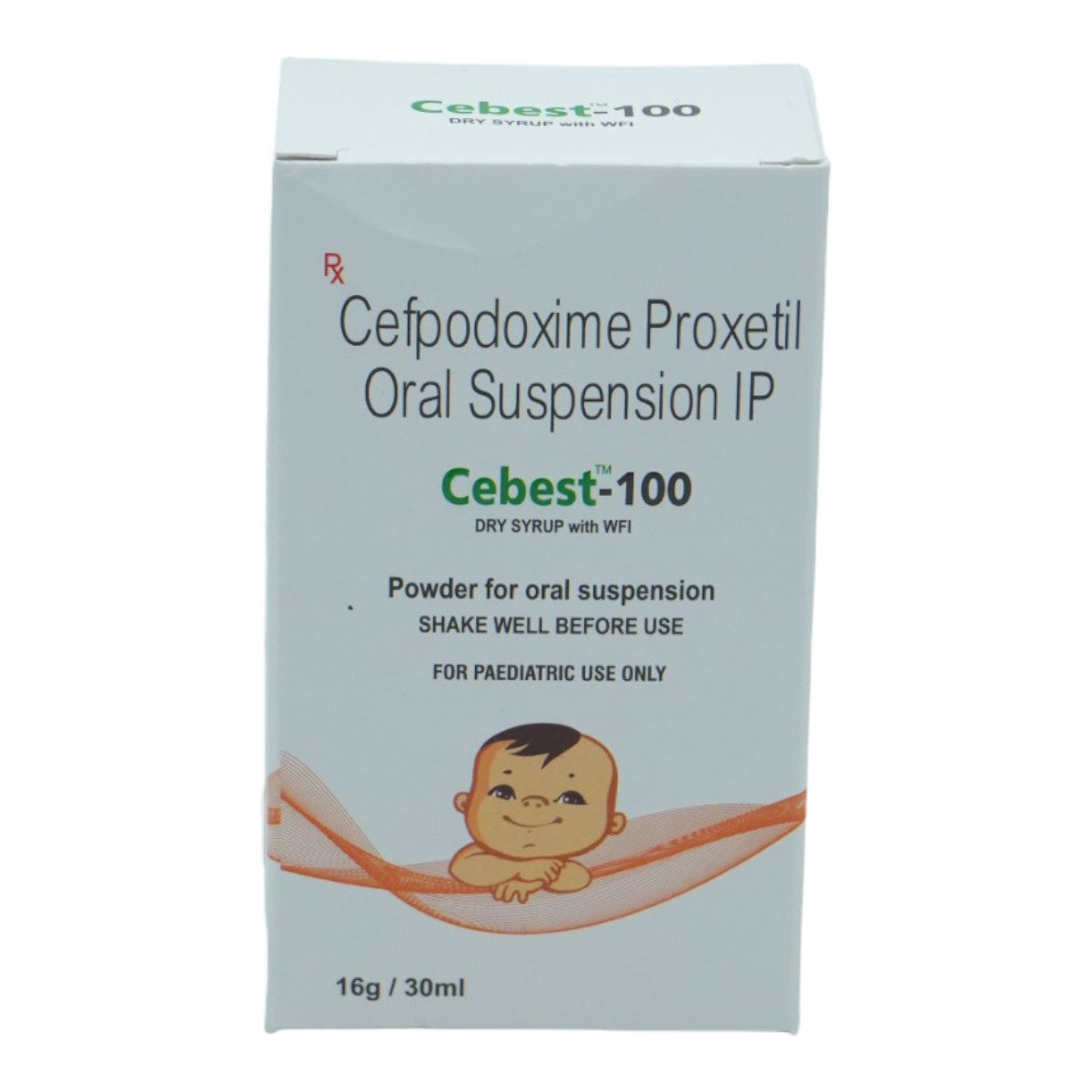
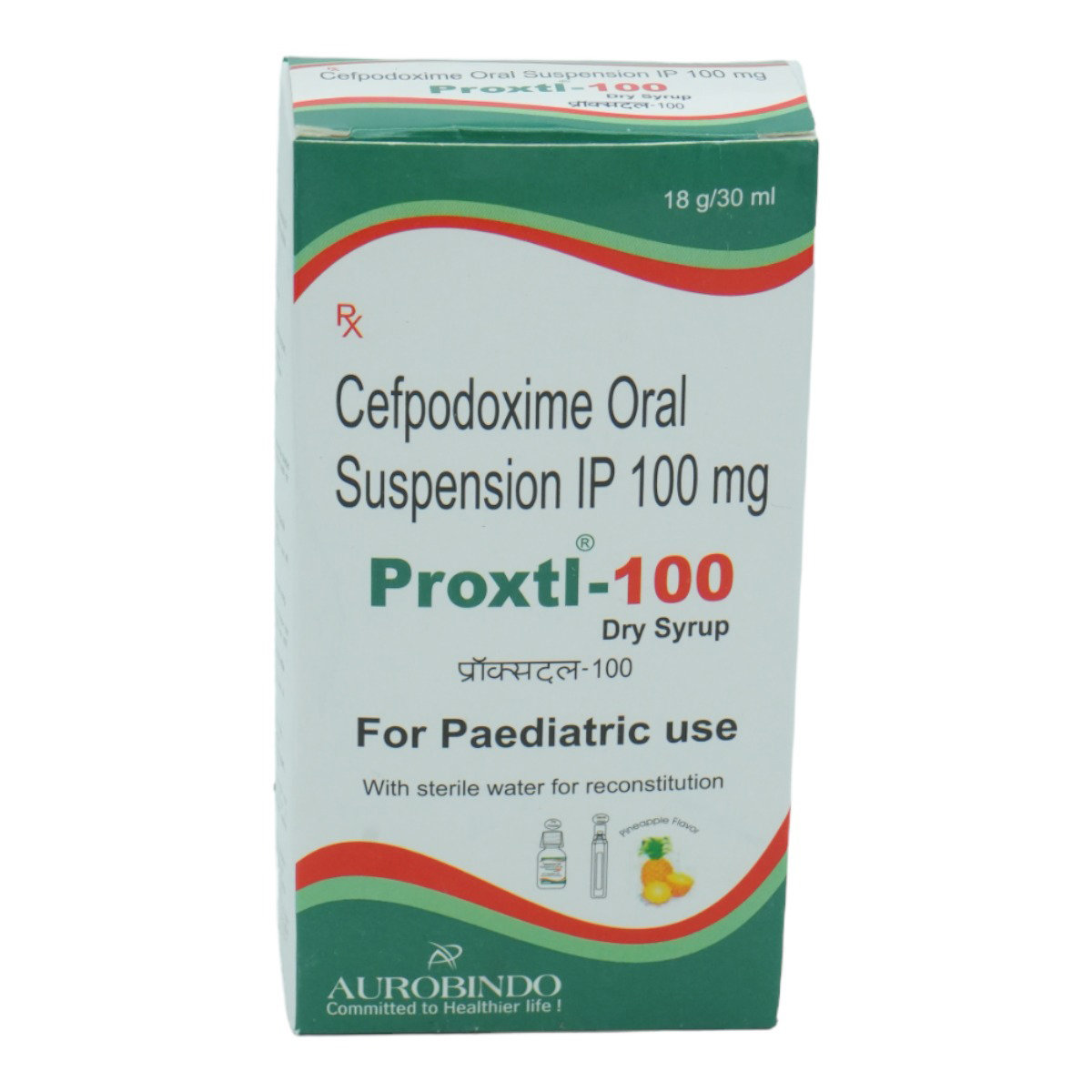

_0.jpg?tr=q-85)

